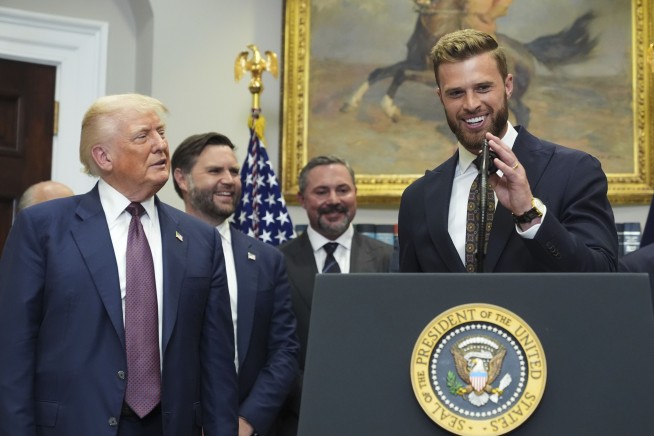In a move aimed at bolstering the physical well-being of the nation’s youth, President Trump recently announced the reestablishment of the Presidential Fitness Test for American schoolchildren. This significant revival harks back to a program initially conceived in 1966, designed to inspire young people towards active and healthy lifestyles, a cornerstone of national vitality.
The original Presidential Physical Fitness Award program was a hallmark of physical education for generations, aiming to set benchmarks for strength, endurance, and flexibility among students. Its inception reflected a national concern for the declining fitness levels observed in young Americans, drawing parallels to athletic prowess seen in other nations.
Historically, the test encompassed a battery of exercises, including the sit-and-reach for flexibility, shuttle run for agility, curl-ups for abdominal strength, and push-ups for upper body strength, culminating in a one-mile run. These components were carefully chosen to assess various aspects of physical capability, encouraging comprehensive athletic development.
Over the decades, the program underwent various iterations and name changes, eventually losing some of its prominence within the educational system. Factors such as curriculum shifts, budget constraints, and evolving pedagogical approaches to physical activity contributed to its gradual decline in widespread implementation across schools nationwide.
President Trump’s decision to reinstate this iconic program aligns with his broader vision for national health and wellness, encapsulated by his mantra, “make America healthy again.” He emphasized the critical importance of fostering a physically robust next generation, viewing the fitness test as a vital tool in combating contemporary challenges such as childhood obesity and sedentary lifestyles.
The reintroduction of the Presidential Fitness Test is anticipated to reignite discussions among educators, parents, and health professionals regarding the role of physical education in schools. It prompts consideration of how best to integrate such assessments into existing curricula to maximize their positive impact on student health and participation.
This initiative represents more than just a set of physical challenges; it embodies a renewed national commitment to public health and preventative wellness strategies for children. By encouraging regular physical activity and setting measurable fitness goals, the program aims to instill lifelong habits that contribute to overall well-being and academic performance.
While the specifics of the revitalized program’s implementation and potential modifications remain a subject of ongoing discussion, its core objective remains clear: to motivate and empower young Americans to embrace active lives. The emphasis will likely be on participation and personal improvement, rather than strict competition, ensuring inclusivity for all students.
Ultimately, the return of the Presidential Fitness Test signifies a proactive step towards cultivating a healthier and more resilient future for the nation’s youth. It seeks to underscore the fundamental link between physical health, mental acuity, and the broader societal capacity for progress and innovation.






Leave a Reply